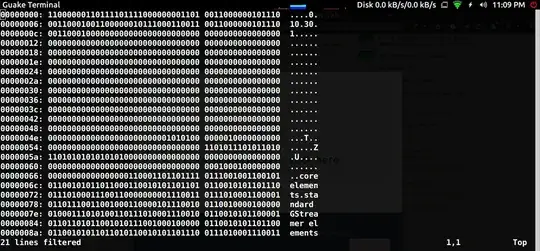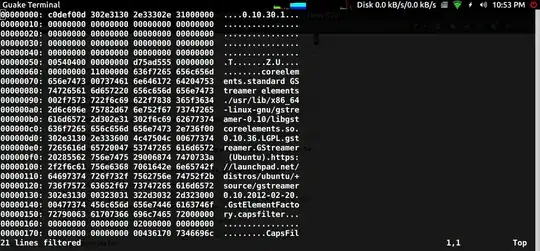You can use vim which should already be installed.
Just to make sure, go ahead and install vim:
sudo apt-get update
sudo apt-get install vim
Now, use the vim command :%! xxd -b to edit binary like in this example:
vim /path/to/filename
note: you can drag and drop the file into the terminal to automatically fill in the path for you
FYI, the :%! command prefix allows you to pipe the current file's contents to command's stdin, and replaces the file's contents with command's stdout. xxd is a linux command.
Once the file is open, press ESC and then type :%! xxd -b and then press ENTER.
Alternatively, you can add the flag -g4 to group the bits into 32 bit packets like :%! xxd -b -g4

For hex edit, use the vim command :%! xxd instead or :%! xxd -g4

Press ESC and then i for "INSERT" mode which allows you to edit.
Press ESC and then type :w followed by ENTER to save the file.
Press ESC and then type :q followed by ENTER or ESC and then type :q! followed by ENTER to exit the file.
Vim takes some getting used to but is really great once you take the time to learn how it works.
Additionally, vim allows you to edit just about anything including sqlite and all kinds of other stuff.
Also, when you convert a binary to hex and then edit, I think you may need to convert back to binary by using :%! xxd -r command as described here.
More info can be found at the official wiki by clicking here.
Here is a similar post:
https://unix.stackexchange.com/questions/282215/how-to-view-a-binary-file/282220
Click here for more info on editing your .vimrc file to allow some related commands.
A very similar editor is bvi. Run the following command to install:
sudo apt-get install bvi
Click here for more info.


bless,hexedit,ncurses-hexedit,hexer, andhexcurseare the names of packages available in the Ubuntu software repositories. To install any of them, open a terminal window (alt--ctrl-T) and typesudo apt install bless(replacingblesswith the name of your desired program) – Nick Weinberg Jun 14 '16 at 00:58wxhexeditormight be another option with a GUI interface – Nick Weinberg Jun 14 '16 at 00:59